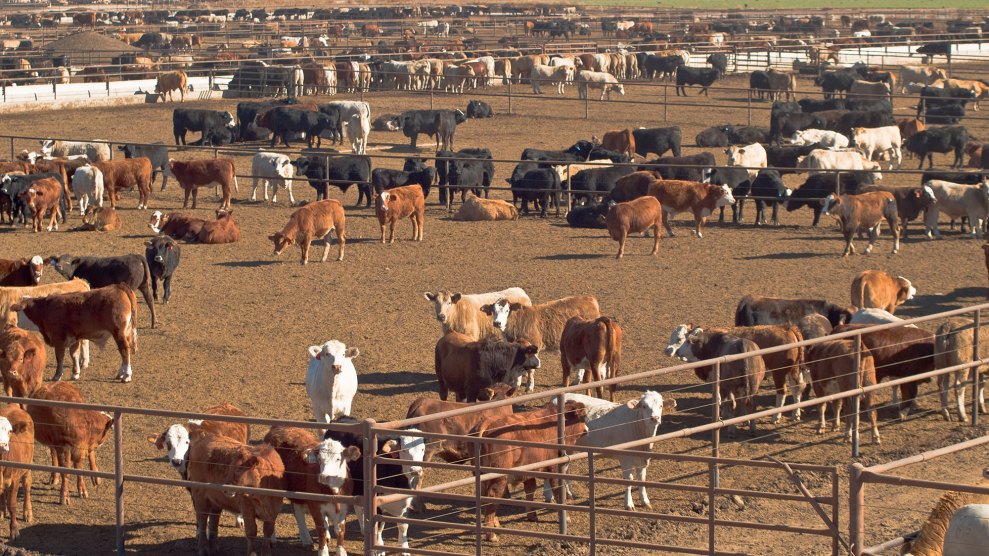USTR’s ag negotiator shares more on trade deal with China
AgWeek | 5 January 2020
USTR’s ag negotiator shares more on trade deal with China
By Sara Wyant
President Donald Trump and President Xi Jinping are expected to sign an ambitious "Phase One" trade package with China on Jan. 15, Trump announced on Twitter on Tuesday, Dec. 31. The agriculture community is patiently waiting to learn more, as uncertainty over ag export markets continues to hang over commodity markets.
Details of the 86-page document are still being translated and finalized, but Gregg Doud, chief agricultural negotiator with the office of the U.S. Trade Representative, says the new agreement will not only increase Chinese purchases of U.S. agricultural products but pave the way for long-term structural reforms that will benefit farmers and ranchers for decades to come.
Agri-Pulse asked Doud about the China deal, other possible bilateral agreements, and how he views the administration’s progress on trade in 2019. Some questions and comments were edited for brevity.
1. As you worked on the ag trade portion of the "phase one" Chinese trade deal, describe the negotiations between you and Han Jun, your Chinese counterpart who serves as the vice minister for agriculture and rural affairs in China.
There were 33 negotiating sessions this year related to agriculture. We had hours and hours of conversations about all kinds of things related to an enormous number of topics. He and I both could sense how historic these conversations were. They were very interested in how we regulated things while comparing and contrasting how other countries do it.
We didn’t discuss tariffs. This was about structural changes and hopes of making changes that will be lasting for a long time. At times, these conversations were extremely technical in nature. Sometimes, these conversations would get stuck on language barriers between English and Mandarin. I vividly recall spending an hour arguing over what one word meant. We certainly improved our understanding over time. They were very professional.
2. What should people expect in terms of purchases?
The base period for 2020 and 2021 is $24 billion each year and China has committed to purchase (an additional) $32 billion in agricultural products over two years. To make the math simple, it’s basically $40 billion a year for two years. Actually, a little less in 2020 and a little more in 2021.
And that’s regardless of price, although there are seasonal components in there. It has to be an economic purchase, obviously, but this is a commitment overall in agriculture. Are there specific commitments for specific commodities within that? The answer is yes, but those numbers will not be made public.
People should expect a full and unfettered range of agricultural products to be included. For example, pet food, all kinds of fruits and vegetables, almonds, ethanol, distillers’ dried grains (DDGs).
In 2018, China bought $124 billion in ag products from around the world. To put that in context, our total ag exports in 2018 were $145 billion. What we are asking China to do is go from $24 billion to $40 billion out of that $124 billion.
Going from $24 billion to $40 billion — when you look at the overall context — to me is not a stretch. Secondly, the people who indicate that this is not possible are not understanding the structural changes that will be made on issues like phytosanitary and sanitary rules and other non-tariff trade barriers.
Hopefully, folks will get a better feel for what those are once they see the agreement. Our expectation is that the agreement will be made public right about the time it’s signed. Everybody will get to see the timelines involved and how all this is going to work and unfold. I think it’ll surprise people to see the level of specificity and complexity in our discussions.
3. What happens to other countries like Brazil who have been supplying soybeans to China during our trade war? What if they take additional actions like devaluing their currency to make U.S. soybeans less competitive?
This is an enormous challenge for us. If Brazil’s currency continues to devalue against the U.S. dollar, that sends a signal this year to expand acreage for corn and soybeans in Brazil. The strength in the U.S. dollar sends the opposite signal. And if this continues over time, it presents an enormously complicating factor in terms of price discovery.
What does the U.S. do? I don’t know the answer to that. I will tell you that something similar happened before in 1985 with the Plaza Accord with Japan. It was a fascinating piece of history, but I’m not foreshadowing that for the future.
4. Are there structural reforms in how biotechnology is approved in China? We’ve heard that members of the crop protection industry were told that they would be pleased.
The only thing I can say at this point is that the topic was discussed. Earlier this week, China approved some new traits. (For import, they approved two traits - one for papaya and one for soybeans from U.S. developers.)
5. What if commitments aren’t met and basically, things don’t go as planned?
There will be an enforcement structure, meaning that if there’s a failure to meet the commitments in the agreement, then an enforcement mechanism will occur that is commensurate with the quantity or the value that is not being complied with.






